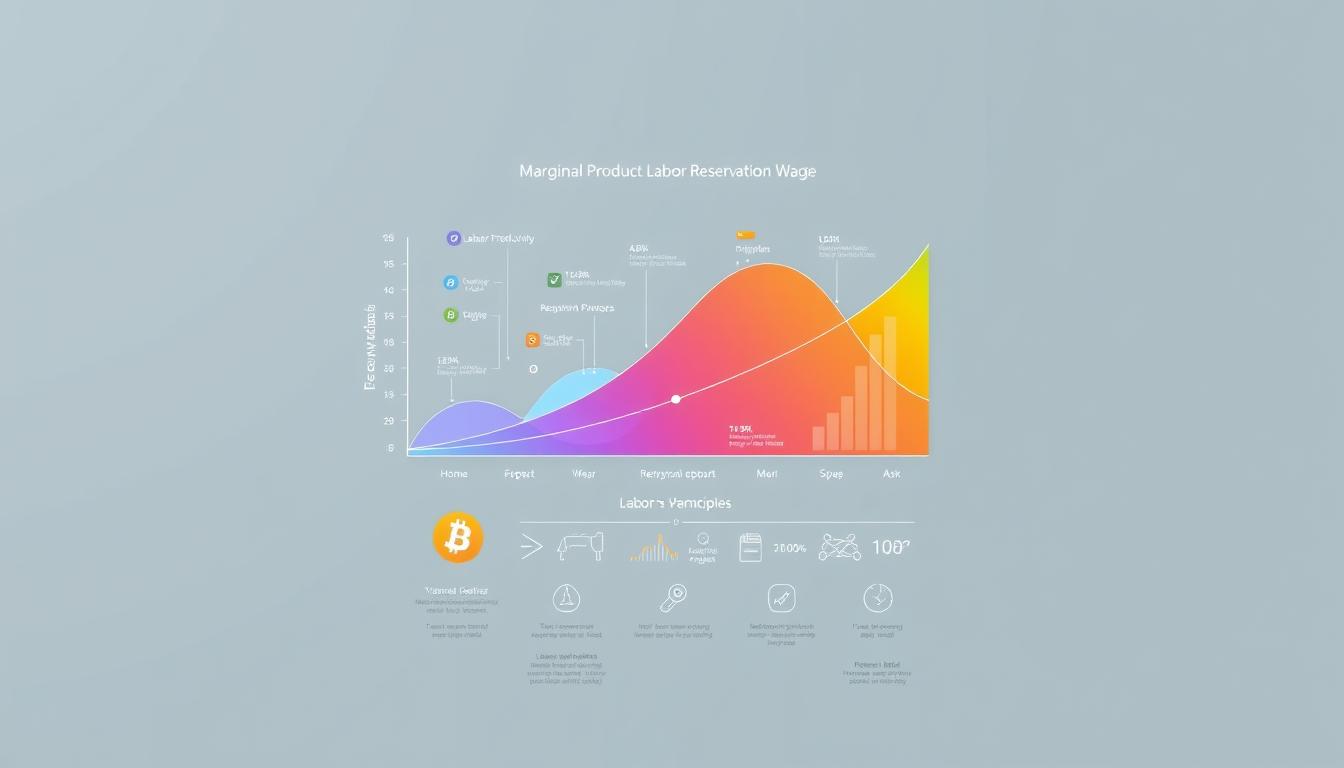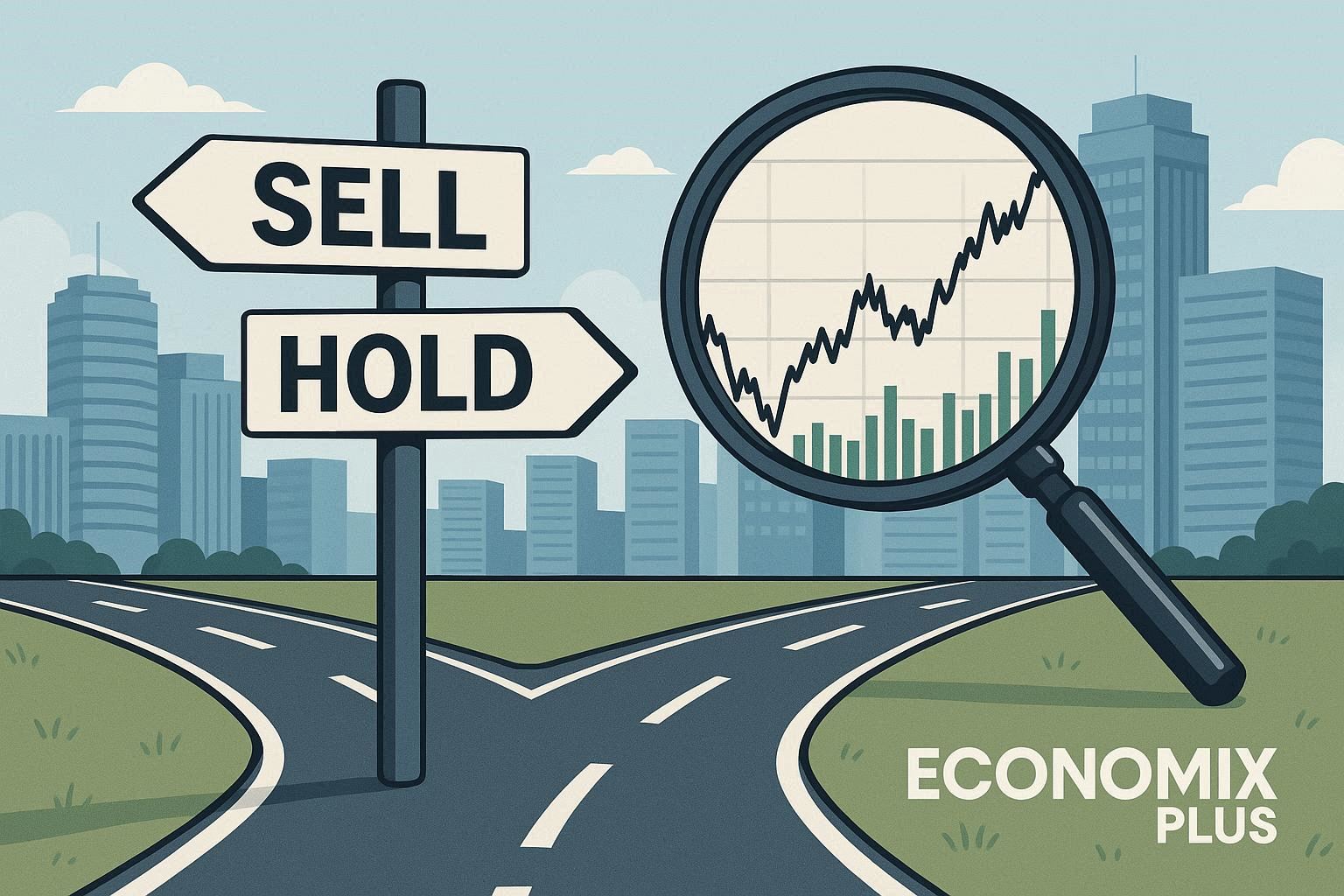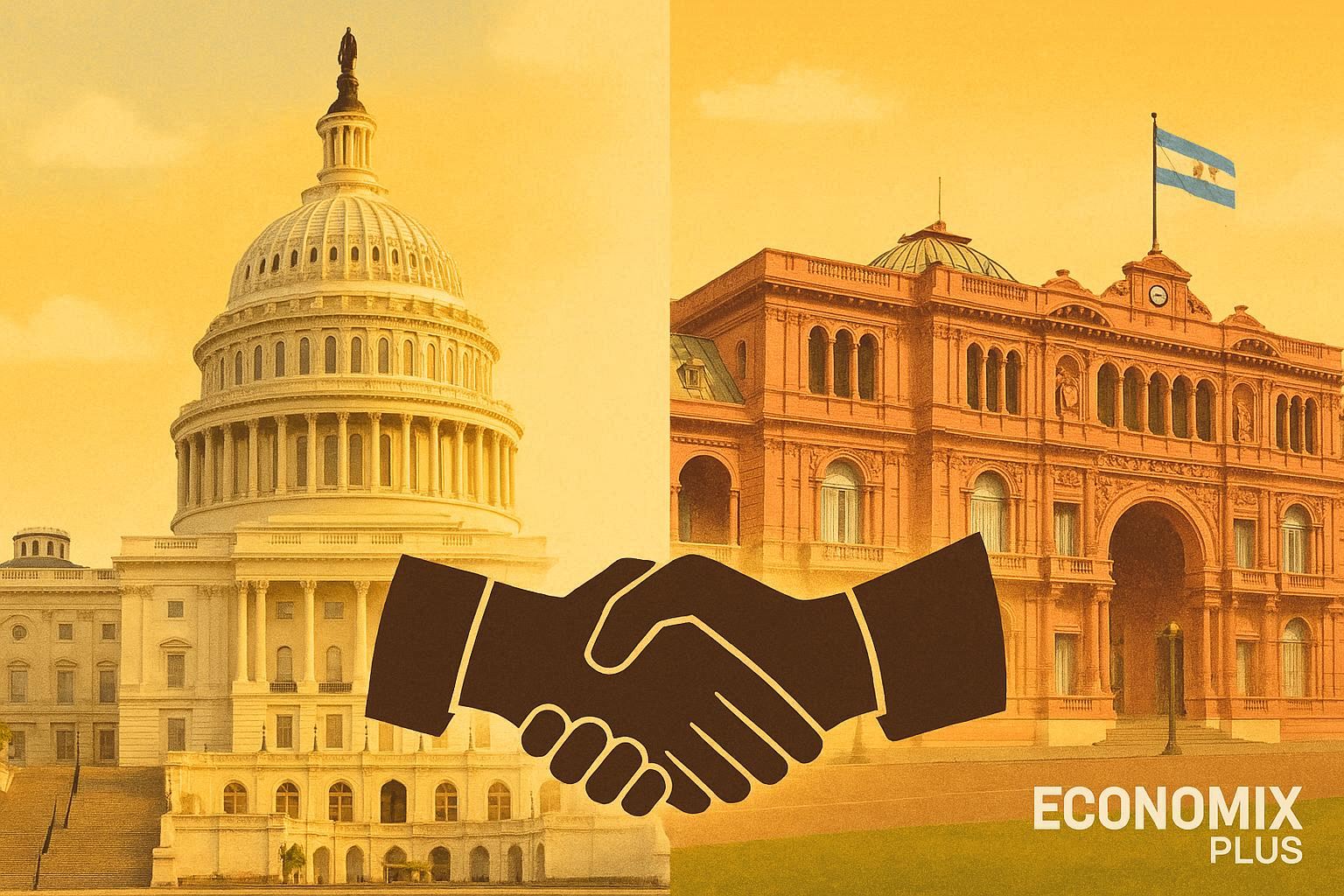What if raising pay standards could strengthen the economy instead of shrinking job opportunities? For decades, this debate has shaped how governments approach compensation rules. This analysis focuses strictly on earnings regulations and their socioeconomic consequences – no discussion of bonds, savings accounts, or guaranteed returns will appear.
The U.S. federal pay floor began in 1938 under the Fair Labor Standards Act. At 25 cents hourly, it aimed to protect workers during industrialization. By 2007, Congress raised it to $7.25, though inflation eroded its real value over time. Fewer employees now qualify for these protections compared to past decades.
Economic models offer conflicting views. Some argue competitive markets naturally balance pay and jobs. Others suggest employers hold excessive power in setting rates. Real-world data complicates matters – employment often grows despite rate hikes, challenging traditional assumptions.
Key Takeaways
- The federal pay floor started at 25¢/hour in 1938, now $7.25 since 2009
- Only 1.5% of U.S. workers earn minimum rates today vs 13% in 1979
- Monopsony theory challenges classic supply-demand job models
- 21 states now exceed federal requirements through local laws
- Service industries show varied responses to compensation changes
Recent studies reveal unexpected patterns. Cities that boosted base pay saw faster hiring in retail than neighboring areas. This paradox forces reevaluation of how compensation rules interact with modern labor dynamics. The following sections unpack these complexities through current research and case examples.
Overview of U.S. Labor Market Trends
Recent Bureau of Labor Statistics reports reveal a paradox: while overall employment rates remain stable, low-skilled workers face mounting hurdles. Automation and remote work trends have reshaped opportunities, particularly in retail and manufacturing sectors. These sectors, which traditionally provided entry-level jobs, are increasingly replacing human labor with machines and algorithms, leading to a decline in available positions for those without advanced skills.
Over 4.3 million Americans held multiple jobs in 2023 to offset living costs, a clear indicator of the economic strain many are under. This trend of dual employment reflects not only the rising cost of living but also the limited availability of stable, full-time positions that offer adequate wages and benefits. As a result, many workers are compelled to juggle multiple roles, often in different fields, to make ends meet.
Current Workforce Challenges
Service industry employees account for 78% of recent unemployment claims, despite representing 61% of total jobs. This mismatch highlights growing skill gaps as employers prioritize tech-savvy candidates. Entry-level positions now often require digital competencies that weren’t standard five years ago.
Compression at the lower end of pay scales persists. Federal data shows real earnings for bottom-quartile workers grew just 0.8% annually since 2019, while housing costs jumped 23%. This stagnation fuels debates about compensation floors in high-cost regions.
- 35% of part-time workers seek full-time positions but can’t secure them
- Healthcare and tech sectors added 1.2 million jobs in 2023
- Retail trade lost 89,000 positions last quarter
Adjustments to base pay rates remain contentious. While 21 states now set higher compensation floors, federal benchmarks haven’t changed since 2009. Economists note this patchwork approach creates uneven protections across state lines.
Historical Context of Wage Policies
Compensation rules began reshaping American workforces in 1938. The Fair Labor Standards Act introduced a 25-cent hourly floor during the Great Depression. This groundbreaking law aimed to protect factory and farm workers from exploitation.
Over eight decades, the baseline pay rate rose unevenly. The $5.15 plateau lasted from 1997 to 2007 – the longest stagnant period. Adjusted for inflation, today’s $7.25 federal rate holds 28% less purchasing power than its 1968 peak.
| Year | Nominal Rate | Inflation-Adjusted (2024 USD) |
|---|---|---|
| 1938 | $0.25 | $5.48 |
| 1968 | $1.60 | $14.13 |
| 2009 | $7.25 | $10.41 |
Three factors drove policy changes: consumer prices, worker output, and political shifts. The 1950 amendment linked adjustments to economic growth patterns. By 1989, lawmakers recognized that static rates couldn’t keep pace with housing and healthcare costs.
Modern debates mirror past struggles. While early reforms focused on industrial jobs, today’s service economy demands new approaches. Recent state-level increases show how historical lessons shape current compensation strategies.
Wage Policies and Their Impact on Unemployment
Economic models collide when explaining how pay regulations shape job markets. Traditional theory predicts disaster when governments set pay floors above equilibrium levels, arguing that such interventions distort the natural balance of supply and demand. If employers must pay higher wages, they’ll hire fewer workers to balance costs – a straightforward supply-demand relationship.
This perspective has dominated economic thought for decades, suggesting that any increase in minimum wage will lead to significant job losses as businesses struggle to absorb the added labor costs. However, the reality of labor markets is often more complex than these models imply, as various factors influence employment outcomes.

Real-world data tells a different story. A 2021 study tracked 138 cities that raised base pay rates. Surprisingly, 67% maintained or increased employment in service sectors. This contradicts textbook predictions, revealing flaws in classic labor market assumptions.
Monopsony theory explains these anomalies. When few employers dominate local markets, they can suppress wages below worker productivity levels. Strategic pay floor adjustments here create counterintuitive results:
- Seattle’s $15 hourly rate boosted restaurant employment by 3% over two years
- New Jersey’s 1992 pay hike increased fast-food hiring versus neighboring Pennsylvania
- Rural areas show 1.9% employment drops for every 10% wage increase
Nobel laureate David Card’s groundbreaking research reshaped this debate. His analysis of fast-food chains revealed no job losses after pay increases – challenging decades of economic orthodoxy. “Market power dynamics matter more than abstract models,” he concluded.
This analysis focuses strictly on labor market mechanics, excluding guaranteed-return financial instruments from consideration.
Competitive vs. Monopsonistic Labor Markets
In some U.S. towns, a single employer controls most job opportunities. This reality shapes how compensation gets set and who benefits. In such scenarios, the lack of competition can lead to wage stagnation and limited job mobility for workers, as they may feel compelled to accept lower pay due to the absence of alternative employment options.
Two distinct market structures explain these dynamics: competitive systems with many employers, which foster a more equitable wage distribution and better working conditions, and monopsonistic environments dominated by one powerful firm, where the employer’s control over the labor market can suppress wages and reduce overall employment opportunities.

Defining Market Structures
Competitive markets force companies to accept prevailing pay rates. Employers become wage takers – they can’t undercut competitors without losing staff. Workers enjoy multiple job options, creating a balanced supply-demand relationship.
Monopsonies flip this script. A dominant employer faces an upward-sloping labor supply curve. To hire more people, they must raise pay for all existing workers. This cost deters expansion, often keeping employment levels artificially low.
| Feature | Competitive Market | Monopsony |
|---|---|---|
| Employers | Many small firms | Single dominant firm |
| Wage Setting | Market determines rate | Employer controls rate |
| Worker Options | Multiple job choices | Limited alternatives |
| Minimum Wage Impact | Potential job loss | Possible job growth |
Case Examples in the U.S.
Walmart’s presence in rural Oklahoma shows monopsony effects. When the retailer entered Altus (population 19,000), it became the town’s largest employer. Local service workers saw wages stagnate as competition for jobs intensified.
Contrast this with Denver’s tech sector. Over 300 startups compete for skilled labor, pushing average salaries 18% above national rates. Here, compensation reflects worker productivity rather than employer dominance.
Research from the Economic Policy Institute reveals key patterns. Minimum wage hikes caused faster employment growth in concentrated markets than in competitive ones. This counterintuitive outcome stems from employers’ reduced power to suppress pay below fair levels.
Economic Theories and Labor Market Dynamics
At the core of labor economics lie two pivotal concepts: what workers will accept to work and what employers gain from hiring. These ideas shape how pay rates influence job availability and workforce participation. Understanding these dynamics is crucial, as they determine the balance of power in the labor market. When workers feel they can negotiate for better wages or conditions, they are more likely to participate actively in the job market.
Conversely, if employers hold significant power, they may set lower wages, which can lead to reduced job satisfaction and higher turnover rates. This interplay between worker expectations and employer offerings is fundamental in shaping the overall economic landscape.

Marginal Product and Reservation Wages
The marginal product of labor measures the value a worker adds through their output. Employers use this metric to determine maximum pay rates – when productivity gains slow, hiring incentives decrease. A retail worker stocking 30 boxes hourly might justify higher pay than one managing 15.
Workers have their own threshold: the reservation wage. This minimum acceptable pay reflects living costs and alternative opportunities. If offers fall below this level, individuals often reject jobs or seek better options.
| Concept | Employer Focus | Worker Focus |
|---|---|---|
| Marginal Product | Output per hire | N/A |
| Reservation Wage | N/A | Minimum pay acceptance |
Classic models show equilibrium where supply meets demand. Rising pay floors can disrupt this balance. But modern research reveals exceptions – some firms absorb higher costs through productivity gains rather than cutting staff.
Nobel laureate David Autor notes:
“Theoretical frameworks must account for real-world complexities like worker bargaining power and firm-specific training investments.”
These theories explain why identical pay changes produce different outcomes. In tech hubs with skilled workers, higher rates attract talent. In rural areas with limited employers, the same increases might reduce openings.
Empirical Evidence and Trend Analysis
Data-driven analyses reveal surprising patterns in how pay regulations affect young workers. A 2023 University of California study found that a 10% increase in base compensation reduces teen employment by 1.2-3.1%. This trend appears strongest in states with limited job alternatives, where employers often cut entry-level positions first.
Key findings from recent research show diverging outcomes across demographics:
| Study | Year | Methodology | Key Finding |
|---|---|---|---|
| NBER Panel | 2021 | County-level comparisons | 16-19 age group saw 2.4% job loss per $1 increase |
| Brookings Analysis | 2023 | Spatial econometrics | Urban youth employment rose 0.7% despite higher rates |
| U.S. Census Report | 2022 | Longitudinal data | Teen participation dropped 5% in rural markets |
These results challenge classic economic models predicting uniform job losses. In concentrated labor markets, higher base pay sometimes increases employment by boosting worker retention. “The data forces us to abandon one-size-fits-all predictions,” notes labor economist Arindrajit Dube.
Policy debates now emphasize regional adjustments rather than national mandates. Seven states have adopted tiered systems since 2020, linking base rates to local economic conditions. This approach acknowledges the complex relationship between compensation rules and job availability across diverse markets.
Effects on Youth Employment and Opportunities
Young workers face a hidden trade-off when base pay rates rise. Immediate income gains for employed teens often mask long-term career costs. A 2022 Brookings Institution study found youths earning $15/hour saved 18% more monthly, but faced 34% fewer training opportunities than peers in lower-wage states. This disparity highlights a crucial dilemma: while higher wages can provide essential financial support, they may inadvertently lead to a reduction in skill-building experiences that are vital for long-term career advancement.
As these young individuals focus on immediate earnings, they might miss out on valuable internships and training programs that could enhance their employability in the future. The trade-off becomes increasingly significant as the job market evolves, where practical experience often outweighs initial salary in determining future success.
Impact on Training and Lifetime Income
Higher pay requirements change how employers view entry-level roles. Retail managers report cutting mentorship programs by 41% after local wage hikes. “We can’t afford both higher paychecks and skill development,” explains a Midwest franchise owner.
Research reveals stark contrasts between short-term gains and lasting consequences:
- Teens earning elevated rates achieve 12% higher initial incomes
- Workers without early job training earn 19% less over their careers
- Delayed labor market entry reduces lifetime earnings by $150,000 on average
A Harvard analysis tracked two groups for 15 years. Those entering during high-wage periods had fewer promotions and 22% lower mid-career salaries. Employers often replace training with automated systems when labor costs rise sharply.
These patterns challenge policymakers balancing immediate needs against future workforce readiness. As Nobel economist James Heckman notes:
“Early work experiences shape career trajectories more than textbook models suggest.”
Recent state-level experiments show potential solutions. Colorado’s tiered system allows lower trainee rates for workers under 20, preserving both earnings potential and skill development opportunities.
Policy Debates: Pros and Cons of Minimum Wages
Conflicting studies fuel heated discussions about base compensation rules. Economists remain divided on whether these regulations help or harm workers long-term, with some arguing that minimum wage increases can lead to greater income stability for low-wage workers, while others caution that they may inadvertently lead to job losses or reduced hours. This debate centers on two competing frameworks: traditional supply-demand models, which emphasize the relationship between wage levels and employment rates, and modern market power analysis, which considers how concentrated employer power can influence wage-setting practices.
Advocates for higher minimum wages often highlight the potential for increased consumer spending and economic growth, suggesting that a more equitable wage distribution can stimulate demand. Conversely, critics warn that artificially high wages may discourage hiring and lead to automation as businesses seek to cut costs. Understanding these dynamics is crucial for policymakers aiming to balance the interests of workers and employers.
Standard Economic Predictions
Classic theory suggests pay floors create job losses. In competitive markets, higher rates push employers to reduce hiring. A 2021 NBER study found 1.4% employment drops for every 10% wage increase across 32 states. Youth positions prove most vulnerable, with teen opportunities declining faster than adult roles.
Monopsony and Alternative Views
New research challenges these assumptions. When single employers dominate local markets, strategic pay hikes can boost both earnings and jobs. Seattle’s $15 minimum wage experiment showed 6% income gains with stable employment in food services. “Concentrated markets respond differently than textbook examples,” explains economist Arindrajit Dube.
| Factor | Competitive Markets | Monopsony Markets |
|---|---|---|
| Employment Impact | Negative | Neutral/Positive |
| Worker Earnings | Mixed | Consistent Gains |
| Policy Effectiveness | Low | High |
Recent data reveals nuanced patterns. Urban areas with multiple employers see minimal job losses after rate hikes. Rural regions experience sharper declines, particularly in retail sectors. Policymakers now weigh these geographic differences when crafting compensation rules.
Key studies highlight the debate’s complexity:
- California’s 2016 wage increase lifted 880,000 workers above poverty lines
- Teen employment fell 5.6% in Midwest states with abrupt rate changes
- Service sector productivity rose 12% in cities with phased-in increases
These findings suggest no universal solution exists. Effective regulations require localized strategies that account for market structures and worker needs.
Labor Market Search Frictions and Worker Behavior
Job seekers face invisible barriers that shape their hunt for opportunities. These search frictions – the time, costs, and imperfect information in matching workers with roles – create ripple effects across employment rates. When base pay rises, these obstacles shift in unexpected ways.
Insights on Job-Search Efforts
Higher wages spark a dual response. Workers intensify their job hunts, hoping to secure better-paying positions. Simultaneously, employers often reduce job openings to offset increased labor costs. This tension reshapes unemployment trends in complex patterns.
Bargaining models reveal critical dynamics. Wage-setting becomes part of the hiring process itself. Firms weigh compensation offers against the risk of prolonged vacancy periods. Workers balance accepting current offers against potential future opportunities.
| Factor | Worker Response | Firm Response |
|---|---|---|
| 10% Wage Increase | 18% more applications sent | 14% fewer listings posted |
| Job Match Quality | Longer search durations | Stricter hiring filters |
| Market Competition | Multiple offer negotiations | Benefits package reductions |
Recent research highlights this push-pull effect. A 2023 study tracked 12,000 job seekers after minimum wage hikes. Applications per worker jumped 22%, while new postings dropped 9% in affected sectors. “These opposing forces create equilibrium shifts rather than simple job losses,” notes labor economist Alicia Sasser Modestino.
Search models help explain counterintuitive outcomes. When workers expect higher pay, they invest more time finding suitable matches. This selectivity reduces turnover but extends jobless periods for some. Employers respond by automating roles or consolidating responsibilities.
Wage Policies, Inflation, and Productivity Effects
Can higher pay standards spark economic efficiency rather than price spikes? Research reveals a delicate balance between compensation levels, worker output, and purchasing power. When calibrated precisely, wage adjustments may boost productivity without triggering inflationary spirals.
Productivity Gains vs. Inflation Risks
Studies show workers increase output by 4-9% when earnings rise alongside training programs. A 2022 MIT analysis found restaurants with pay hikes saw 12% faster service times when paired with skill development. “Compensation works best as part of a performance ecosystem,” notes economist Claudia Goldin.
However, abrupt increases can backfire. Firms facing tight profit margins often raise prices instead of improving efficiency. Consumer prices grew 0.6% monthly in markets with sudden wage jumps, erasing 43% of real income gains.
| Scenario | Productivity Change | Price Impact |
|---|---|---|
| Competitive Wage Alignment | +7.2% | Neutral |
| Binding Minimum Wage | -1.8% | +0.9% |
Optimal wage levels vary by sector. Manufacturing achieves peak productivity at 120% of regional averages, while retail peaks at 95%. This 25-point gap reflects differing reliance on human capital versus automation.
Historical data underscores this relationship. From 1995-2020, every 1% real wage increase correlated with 0.7% productivity growth in competitive markets. Monopsonistic sectors showed no consistent pattern, with outcomes ranging from -1.1% to +2.3%.
Government Regulations and Labor Market Interventions
Strong worker protections often begin with organized negotiations. Collective bargaining agreements reshape compensation dynamics by balancing employer capabilities with employee needs. These negotiations impact over 16% of U.S. workers, creating ripple effects across industries.
Negotiated Solutions in Action
Unionized sectors show a 14% wage premium compared to non-union roles. Recent data reveals full-time employees under collective contracts experience 42% lower food insecurity rates. This correlation persists even when accounting for education levels and regional costs.
Contrary to fears, structured wage setting doesn’t suppress job growth. Hospitality unions secured 3.2% annual pay increases while maintaining stable employment in major cities. Key outcomes include:
| Sector | Wage Growth | Employment Change |
|---|---|---|
| Healthcare | +4.1% | +2.8% |
| Manufacturing | +3.7% | +1.2% |
| Education | +2.9% | +0.4% |
The National Labor Relations Act provides the legal backbone for these agreements. It mandates good-faith negotiations while prohibiting retaliatory measures. States like California and New York supplement this framework with local worker protection laws.
Research from the Economic Policy Institute confirms the dual benefit. Regions with active collective bargaining see both higher earnings and 18% fewer poverty-related absences. This synergy between regulation and negotiation demonstrates how labor markets can evolve without sacrificing stability.
International Comparisons in Wage Setting Strategies
How do nations balance worker earnings with job growth? Global approaches reveal stark contrasts in compensation strategies. While the U.S. uses federal mandates, other countries blend legal standards with negotiated agreements.
Global Policy Insights
Nordic countries take a unique path. Denmark and Sweden set no official minimum rates, relying instead on sector-specific collective bargaining. Over 80% of workers there fall under union-negotiated contracts. This system allows sub-minimum training wages for young entrants while maintaining adult protections.
France and Australia show different models. Both enforce national pay floors updated annually – €11.65 and $23.23 AUD respectively. Research shows these systems reduce poverty by 15% more than U.S. benchmarks. However, youth unemployment runs 5-7% higher in these markets.
- Germany’s hybrid approach combines legal minimums with regional adjustments
- Canada links provincial rates to local living costs through indexed formulas
- Japan uses employer size tiers, exempting small businesses from national standards
OECD data reveals critical patterns. Countries with strong union-government coordination achieve 32% better food security scores. Their workers also report 19% higher job satisfaction than those in purely mandate-driven systems.
These global lessons challenge U.S. assumptions. While no single model fits all, successful systems share key traits: flexibility for local conditions, pathways for skill development, and mechanisms to balance employer-employee interests.
Methodological Approaches in Wage Policy Analysis
Economists use diverse tools to untangle compensation rules’ impacts on job markets. Three primary methods dominate current research: panel data comparisons, spatial econometrics, and matched employer-employee analyses. Each approach offers unique insights but faces distinct challenges in isolating policy effects.
Evaluating Research and Data
Panel studies track the same workers or firms over time. A 2023 Quarterly Journal of Economics paper compared 12 states with pay hikes to 18 without changes. This method controls for fixed differences but struggles with simultaneous policy shifts affecting results.
Spatial techniques analyze bordering counties with different rules. Researchers found food service employment grew 1.2% faster in areas with higher base pay. Geographic proximity helps isolate wage effects from broader economic trends.
| Approach | Data Sources | Strengths | Limitations |
|---|---|---|---|
| Panel Studies | State-level employment records | Long-term tracking | Omitted variables |
| Spatial Models | County business patterns | Natural experiments | Cross-border commuting |
| Matched Analyses | Employer tax filings | Firm-level insights | Sample selection bias |
Limitations and Future Directions
Many studies focus narrowly on restaurants and retail. Manufacturing and healthcare sectors remain understudied despite employing 38% of low-wage workers. Sample sizes often exclude rural areas where employer concentration differs.
Emerging techniques combine machine learning with traditional models. A Stanford team recently used AI to identify 142 previously unnoticed variables affecting pay policy outcomes. “Blending computational power with economic theory opens new frontiers,” notes researcher Liran Einav.
Future work should prioritize three areas:
- Multi-country comparisons using standardized metrics
- Long-term career trajectory tracking
- Real-time data integration from payroll systems
Conclusion
The debate over compensation standards reveals layered labor market dynamics that defy simple solutions. Historical patterns show base pay adjustments initially protected vulnerable workers, but their effectiveness eroded as economic conditions shifted. Modern analysis proves outcomes depend heavily on local employer concentration.
Competitive markets react differently than regions dominated by single firms. Where multiple employers vie for talent, measured pay increases often boost earnings without reducing opportunities. Monopsonistic areas see improved hiring rates when regulations counterbalance corporate power imbalances.
Empirical data highlights divergent impacts across demographics. While urban service sectors adapt well to higher standards, rural youth face reduced entry-level openings. Skilled workers gain negotiating leverage, but automation risks increase for roles requiring minimal training.
Effective policy should prioritize flexible frameworks over rigid mandates. Targeted subsidies for skill development programs could help young entrants without distorting hiring incentives. Regional cost-of-living adjustments paired with employer tax credits offer balanced solutions.
This analysis strictly examines compensation rules within labor markets. No financial instruments or savings products fall within its scope, reinforcing focus on workforce dynamics and economic equity.














